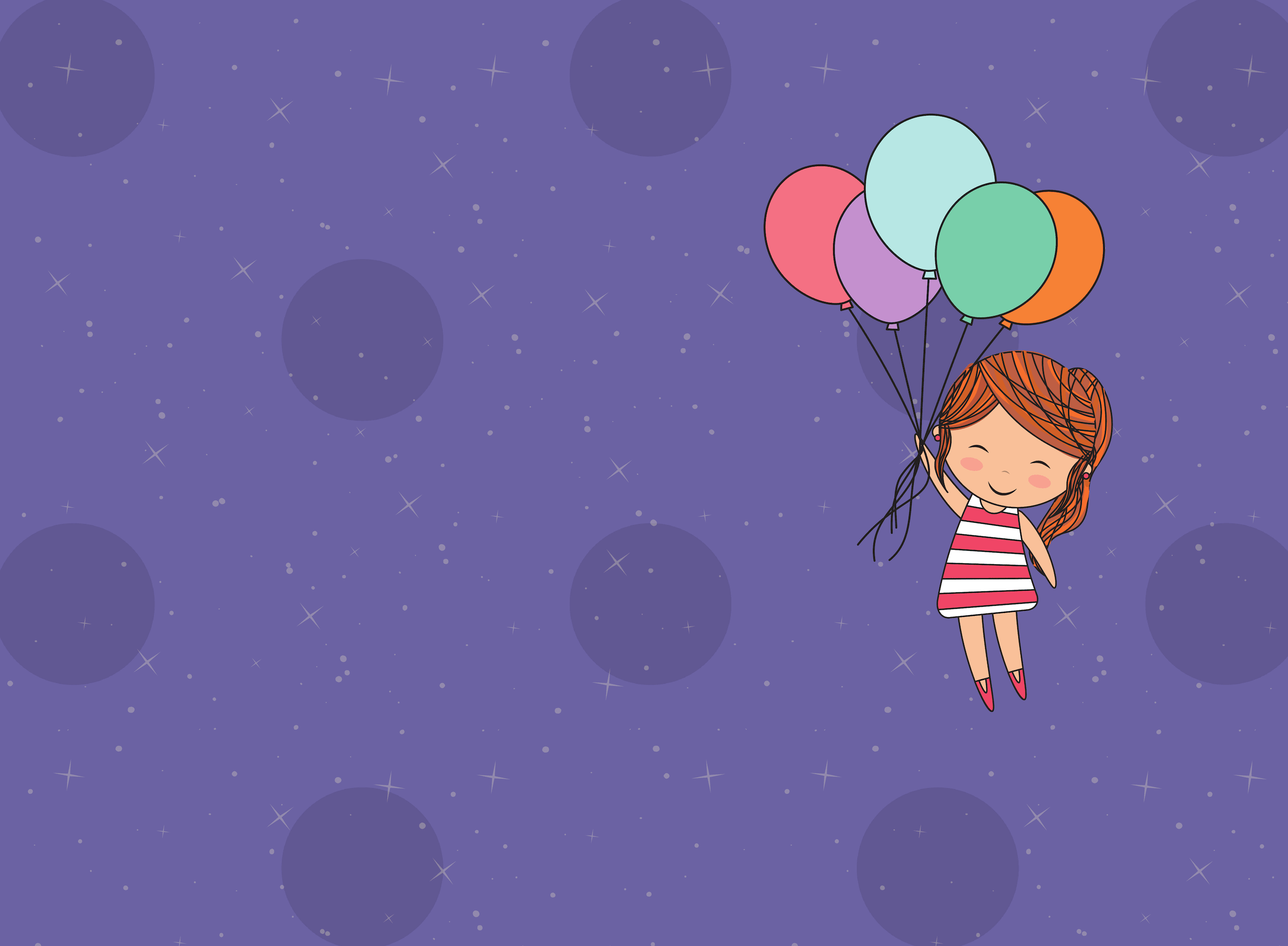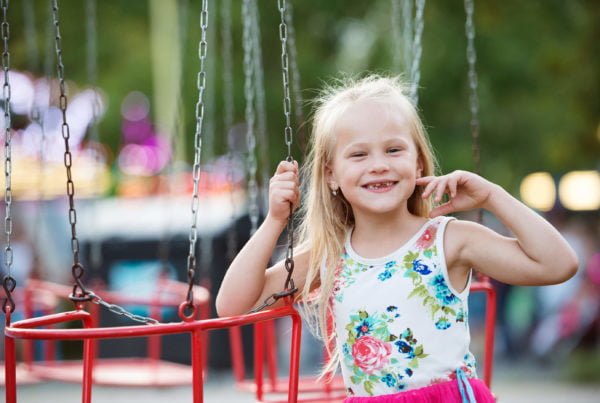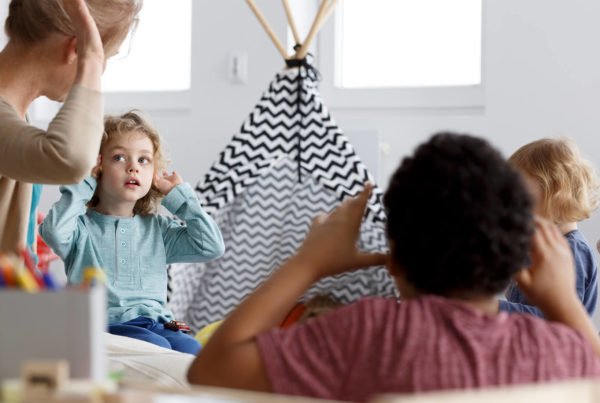In 5 short years, a child will progress from a largely non-verbal state to a connected state, capable of maintaining a conversation with at least 90% clarity.
Lauren Crumlish
Speech and Language Milestones
0-5 Years of Age
A child’s speech and language development is a highly complex, intricate process. Even during periods when it may seem like they are plateauing at a certain development level, their brain is consistently absorbing and processing adult models of speech and language forms. The entire process is a complex yet rapidly occurring one, with an adult-like speech sound and language system emerging by 5 years of age. Of course speech and language development will continue to develop after this point, however, at a much slower rate and such significant gains will not be observed. In 5 short years, a child will progress from a largely non-verbal state to a connected state, capable of maintaining a conversation with at least 90% clarity. At 5 years, children can share events and stories, ask questions, share their opinions and you may also see the start of negotiations and complex descriptions emerging. They will continue to develop from this point, but they no longer are highly dependent upon their parent to understand and support their communication attempts.
When we consider just how far a child will come in a short time, we begin to realise how much they have actually absorbed during their early years and why parent-infant interactions are so critical. A child has truly started on their communication journey long before they begin to coo and babble in delight.
Listening and Understanding Language
- 0-6 months: Babies are learning to listen and to process sounds and noises. They will turn to you when you speak and smile when they hear your voice. Your voice may help to soothe when they are upset and indeed they will respond to comforting sounds whether they are known or not.
- 7-12 months: Your baby will be obviously listening to your voice. Games such as peek-a-boo will become lots of fun.
- 1-2 years: Your child will be able to point to simple pictures in books when you name them and will be able to follow simple instructions (“push the car!”)
- 2-3 years: Sharing simple stories will continue to bring enjoyment and they will be understanding more. At this stage, two-part instructions can be followed (‘bring your book and put it on the table’)
- 3-4 years: Your child will be able to understand instructions with multiple parts and will be increasingly able to answer wh-questions (e.g., who- what- where- when etc)
- 4-5 years: By 5 years of age your child should be able to understand most things (within reason). Their higher language abilities may also begin to emerge
Using Speech and Language
- 0-3 months: Your baby will smile and will show different types of cries. He or she will also be exploring sounds and will play with cooing.
- 4-6 months: Your baby will demonstrate lots of vocal play and will truly enter the babbling stage.
- 6-8 months: Your baby’s babbling will keep developing and you will hear new sounds in amongst their early outbursts
- 8-12 months: Babbling will continue to occur and more purposeful non-verbal communication will emerge. Your baby’s first words will likely come around their first birthday. They likely will be unclear however should be used with purpose – e.g., “Mama!”
- 1-2 years: As your baby’s number of words continues to grow, their rate of babbling will decrease. 2-word combinations and questions may be forming (e.g., where’s daddy?)
- 2-3 years: Your child’s word bank will continue to grow at a rapid rate. They will be clear when talking with an unfamiliar communication partner around 50-75% of the time. They will also be combining words together as faster rates, and phrases and simple sentences will begin to emerge.
- 3-4 years: Expressive language will continue to blossom and your child will transition into longer sentences and indeed complete conversation. Your child should be increasingly able to tell you about their day and to interact with connected language. Their speech should be clear 75% of the time (or more!) even when talking with people outside of the immediate family. They will be using their language for increasing purposes- to request, protest, negotiate and to share experiences.
As we have discussed previously in the blog, speech and language development is an ongoing, compounding process – the foundation levels of communication need to be consolidated before a child will jump to their next developmental level. If you ever have concerns relating to your child’s early milestones or speech/language development, contact your local speech pathologist for support. Early intervention can never be too-early and there are always steps that you can take to maximise speech and language development within the home environment.



